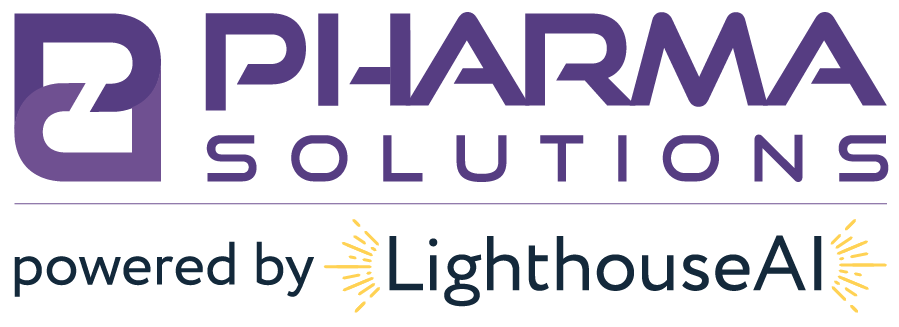DEA Reportedly Set to Revise SORS Guidelines and (Hopefully) Clarify the Meaning of “Suspicious”
The Federal Government, mainly through the Drug Enforcement Administration (DEA) and Food and Drug Administration (FDA), has promulgated a plethora of regulations aimed at the sale, use, distribution, etc. of drugs. Most important to the opioid epidemic are the DEA’s regulations concerning the sale, use, and distribution of controlled substances. Most commonly abused opioids (Oxycontin, Fentanyl, Morphine, etc.) are also controlled substances, so they are subject to DEA regulation. One way in which the DEA attempts to curb the illegal distribution of opioids is through its “Suspicious Order Reporting System” (SORS) requirements for registered (in this case, non-practitioner) distributors of controlled substances. ¹ The impetus behind such a requirement is presumably that the DEA will be alerted of any entities that may be making orders with the intention of illegally distributing the controlled substance(s) (specifically here, opioids) and then it can use its own resources to investigate and, if required, stop, any illegal distribution of controlled substances.
As it stands now the SORS regulations require that the registrant shall design and operate a system to disclose to the registrant suspicious orders of a controlled substance. The registrant shall inform the Field Division Office of the Administration in his area of suspicious orders when discovered by the registrant. Suspicious orders include orders of unusual size, orders deviating substantially from a normal pattern, and orders of unusual frequency.²
As one can see, the regulation itself provides little guidance into what constitutes a “suspicious” order. The current definition leaves much grey area, which in turn, leaves entities subject to the SORS requirements in a tough spot when making the decision of whether reporting is required or not. Such ambiguity also creates excess litigation in order to determine if the order was “suspicious” or not.³ However, on the other hand, an incredibly detailed definition of “suspicious” may fail to capture more instances of illegal activity that fall into grey areas or toe the line, because they do not exactly meet the hyper-specific definition.
However, it would appear the DEA is cognizant of the problems created by the current ambiguous definition of “suspicious” and will be making moves to address those problems. It was recently discovered, by Larry Cote of the law firm Quarles & Brady LLP, that buried in “a recently issued Request for Proposal (RFP) for Information Technology (IT) and other services in support of the Diversion Control Division, [the] DEA indicated that it will be creating a new section in the Code of Federal Regulations. 21 C.F.R. 1301.78, will contain the suspicious order reporting requirement that is currently found in 21 C.F.R. 1301.74(b).”⁴ Cote further explains that “DEA intends to define the term ‘suspicious order’ with a list of specific factors to consider when scrutinizing an order.”⁵
Once a suspicious order is flagged by an entity’s Suspicious Order Reporting System (SORS), a report must be sent to the DEA via a secured network application with the following information:
-
- Name, title, and phone number of the person who placed the order;
-
- DEA registration number and name of the entity seeking to purchase the controlled substances;
-
- The date the order was received; how the order was submitted (e.g., electronically, by paper, or orally);
-
- DEA registration number of the registrant, phone number, and name of the person employed by the registrant who received the order;
-
- The National Drug Code number and the quantity of the controlled substance ordered;
-
- The order form number (DEA Form 222) for schedule I and II controlled substances or the registrants’ internal order reference number (i.e., purchase order number, invoice number, etc.) for schedule III through schedule V controlled substances; and
-
- A copy of the order form for schedule I and schedule II controlled substances or a copy of the internal order reference form for schedule III through V controlled substances.⁶
____________________________________________
References
About Us
Based just outside of Philadelphia, Pharma Solutions provides actionable guidance and excellent administrative services with a focus on client care across Compliance, Commercial, and Quality solutions. Our mission is to improve the health and welfare of the American public by providing solutions and implementing best practices for companies in the pharmaceutical supply chain.




0 Comments